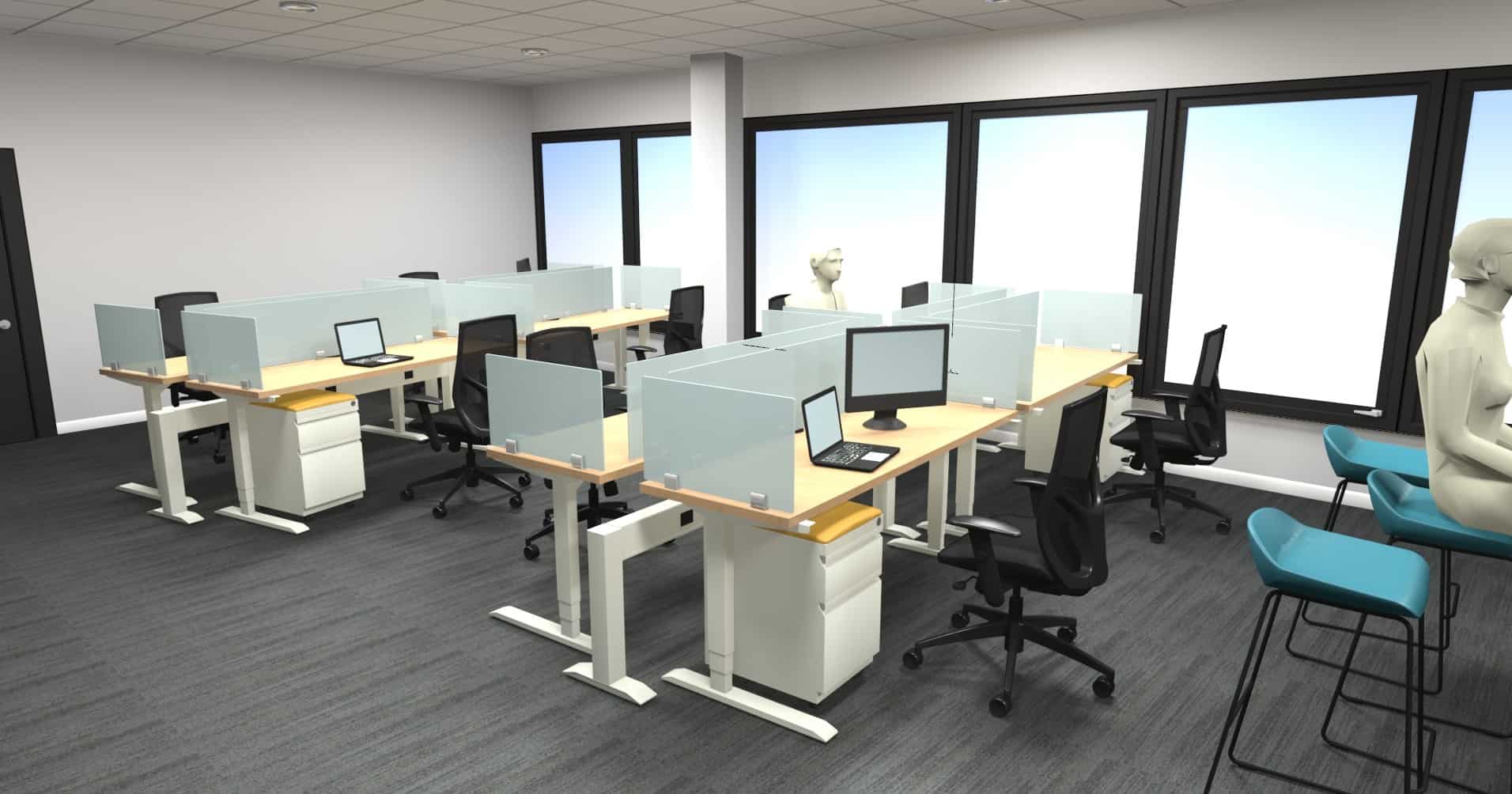Key Takeaways
- The evolving landscape of office spaces and the importance of flexible, modern work environments.
- Key features that enhance productivity and employee satisfaction in creative workspaces.
- How can modern businesses benefit from adapting their workspaces to meet contemporary needs?
The Rise of Flexible Office Spaces
Modern businesses are increasingly moving towards flexible office spaces that accommodate the dynamic needs of their workforce. Traditional office setups are evolving, giving way to Central Ottawa leasing opportunities that can be easily reconfigured to suit various tasks. The necessity for agility in a fast-paced business world drives this paradigm shift. Embracing creative and adaptable environments allows businesses to stay competitive while attracting top talent.
One of the main advantages of these flexible spaces is their ability to promote collaboration and innovation. By removing physical barriers and creating multipurpose areas, companies can foster a more inclusive and interactive environment that encourages teamwork and creativity. Moreover, these environments can be tailored to meet the changing needs of projects and teams, ensuring that the workspace always aligns with the company’s goals.
Designing for Productivity
An essential aspect of creative workspaces is their ability to boost productivity. Open layouts, collaborative zones, and quiet areas can cater to different working styles and preferences. Incorporating natural light, ergonomic furniture, and biophilic design can significantly enhance comfort and efficiency, making the workspace conducive to focus and collaboration. Natural light, for example, has been shown to improve mood and energy levels, which can directly impact productivity. Similarly, ergonomic furniture reduces strain and discomfort, leading to extended periods of sustained concentration. A well-designed workspace balances aesthetics and functionality, ensuring employees feel motivated and supported. Furthermore, adding plants and natural elements can decrease stress and enhance the work environment, increasing productivity.
Employee Well-being and Satisfaction
A positive and stimulating work environment is crucial for employee well-being and satisfaction. Amenities like wellness rooms, recreational areas, and convenient facilities (e.g., cafeterias, lounges) contribute to a balanced and enjoyable work life. Such thoughtful workplace design can reduce stress and promote a culture of wellness and innovation. Companies that invest in their employees’ well-being see higher retention rates and increased satisfaction. By providing spaces that cater to relaxation and socialization, businesses can create a more harmonious workplace where employees feel valued and appreciated. This investment in employee satisfaction improves morale and can lead to higher innovation and creativity as employees are more likely to be engaged and motivated.
Technological Integration
Technology plays a pivotal role in modern workspaces. High-speed internet, seamless connectivity, and innovative office solutions are becoming standard. Businesses must also consider emerging office tech trends that streamline operations, enhance communication, and foster a more productive work environment.
For instance, implementing smart meeting rooms with advanced conferencing tools can facilitate more accessible communication with remote teams. Additionally, integrating IoT devices into the office environment can provide valuable data on space usage and energy consumption, helping businesses optimize operations and reduce costs. Technology also enables flexible working arrangements, allowing employees to work from different locations without losing productivity.
Adaptable Spaces for Diverse Needs
The modern workforce is diverse, with varying needs and preferences. Workspaces that offer flexibility regarding desk arrangements, meeting rooms, and recreational spaces can appeal to many employees. This adaptability is critical to accommodating different work styles and fostering a sense of inclusivity.
Valuable spaces can be easily transformed for various uses, like workshops, team meetings, or individual work. This adaptability enables workers to select the most suitable setting for their responsibilities, encouraging productivity and contentment. In addition, adaptable workspaces can support various activities, from quiet, focused work to vibrant, collaborative sessions, ensuring that every employee can find the right environment for their needs.
The Role of Community in Workspaces
Building a sense of community within the workspace fosters collaboration and creativity. Social areas and regular team-building activities can help employees connect personally, enhancing teamwork and productivity. A community-oriented workspace can also make employees feel more engaged and committed to their company’s mission. Encouraging social interactions through strategically placed communal areas or organizing regular events can strengthen employees’ sense of belonging. It, in turn, can create a more cohesive and motivated workforce. Furthermore, a coherent workplace community can result in improved communication and teamwork, as employees are more at ease sharing thoughts and cooperating to address issues.
Sustainability in Office Design
Sustainable design practices in office spaces are increasingly becoming a priority for modern businesses. Utilizing energy-efficient lighting, sustainable materials, and waste reduction strategies reduces the environmental footprint and creates a healthier work environment. Such eco-friendly initiatives can appeal to environmentally conscious employees and clients alike. For instance, green roofs or living walls can boost air quality and offer a visual link to nature, elevating employee health. Additionally, businesses prioritizing sustainability often gain a positive reputation, attracting customers and partners who value environmental responsibility. Implementing sustainable design choices can result in long-term cost benefits by lowering utility expenses through energy-efficient solutions and reducing maintenance costs with durable materials.
Conclusion
Modern businesses must stay ahead by adapting their workspaces to meet contemporary needs. Flexible, well-designed, and technologically integrated office environments can significantly boost productivity, employee satisfaction, and overall business success. By embracing these strategies, companies can create workspaces that are functional, inspiring, and supportive of their workforce.

